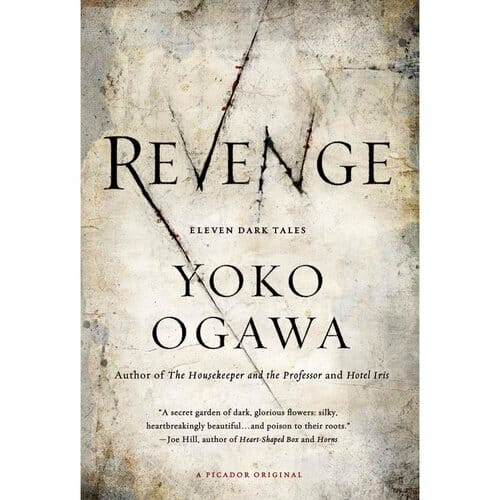
“Goodness speaks in a whisper, evil shouts.” Tibetan proverb.
The Tibetans have obviously never read Yoko Ogawa. For 25 years, the Japanese writer has woven tales of evils whispered by people who are more delusional and dangerous than they seem.
Her latest work continues that tradition of hidden horrors. Translated by Stephen Snyder, professor of Japanese studies at Middleburg College, the collection features dark, dreamlike tales that carry their characters from reality to nightmare.
The first, “Afternoon at the Bakery” finds a mother waiting to buy two strawberry shortcakes for her six-year-old son, who she later reveals was found dead in an abandoned refrigerator years before. “An old woman I had never seen was standing nearby, looking dazed,” she tells another customer. “I realized that she must have been the one who found him. She looked more dead than my son.” The final tale, “Poison Plants” ends with that elderly woman discovering the child’s body in a field filled with “every refrigerator imaginable.”
In between the bakery and the field lurk nine other haunting, interconnected stories. A young writer befriends her secretive landlord, a gardener who grows carrots in the shape of human hands. A bag designer is challenged, and changed, when a customer asks for a custom-made pouch to hold her heart that grows on the outside of her chest. A courtly gentleman in a bowtie shows a visitor around a small museum filled with tools of torture from around the world.
Using a first-person, conversational style, Ogawa creates seemingly simple stories. At first each seems to stand alone, and then through reoccurring characters, places and symbols, they come together in a work of macabre metafiction.
In “Sewing for the Heart” the designer discovers his pet hamster has died while he worked on the heart pouch, so he throws the animal away at a fast food joint. In the next story, “Welcome to the Museum of Torture,” a woman finds the hamster in the trash, “between a crumpled hamburger wrapper and a crushed paper cup” before spending the day breaking up with her lover and discovering the unusual museum. A Bengal tiger lies dying in one story, while a narrator uses its pelt as a coat in another. A garden of kiwi later shows up in a warehouse filled with the fruit, and an overturned truck of tomatoes plays a role in two different tales.
Ogawa leaves us in a long, waking dream. Just as one story reaches its disturbing conclusion (a severed finger found in a lab coat, a dead child discovered in a refrigerator), the next tale builds on that and adds another. In the end, the Eleven Dark Tales create a sense of fear and longing, a feeling for something or someone that went missing years before. Perhaps the elderly woman who finds the child’s body sums up the writer’s intent best when she observes, “Everyone I know has died. My past is full of ghosts.”
James T. Black is a former writer and editor with Southern Living magazine and the Birmingham News. He lives in Birmingham with his wife, Patricia, and their rat terrier, Ricky.